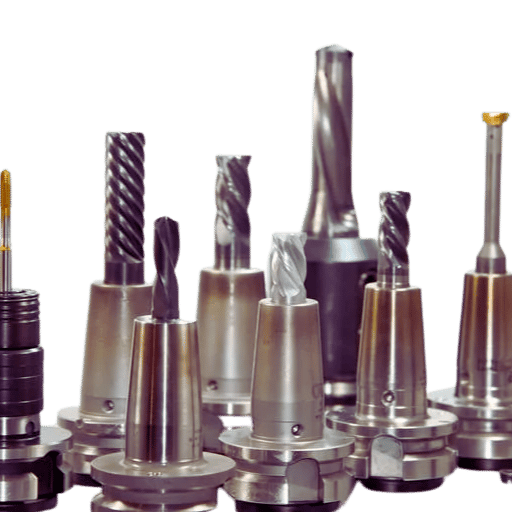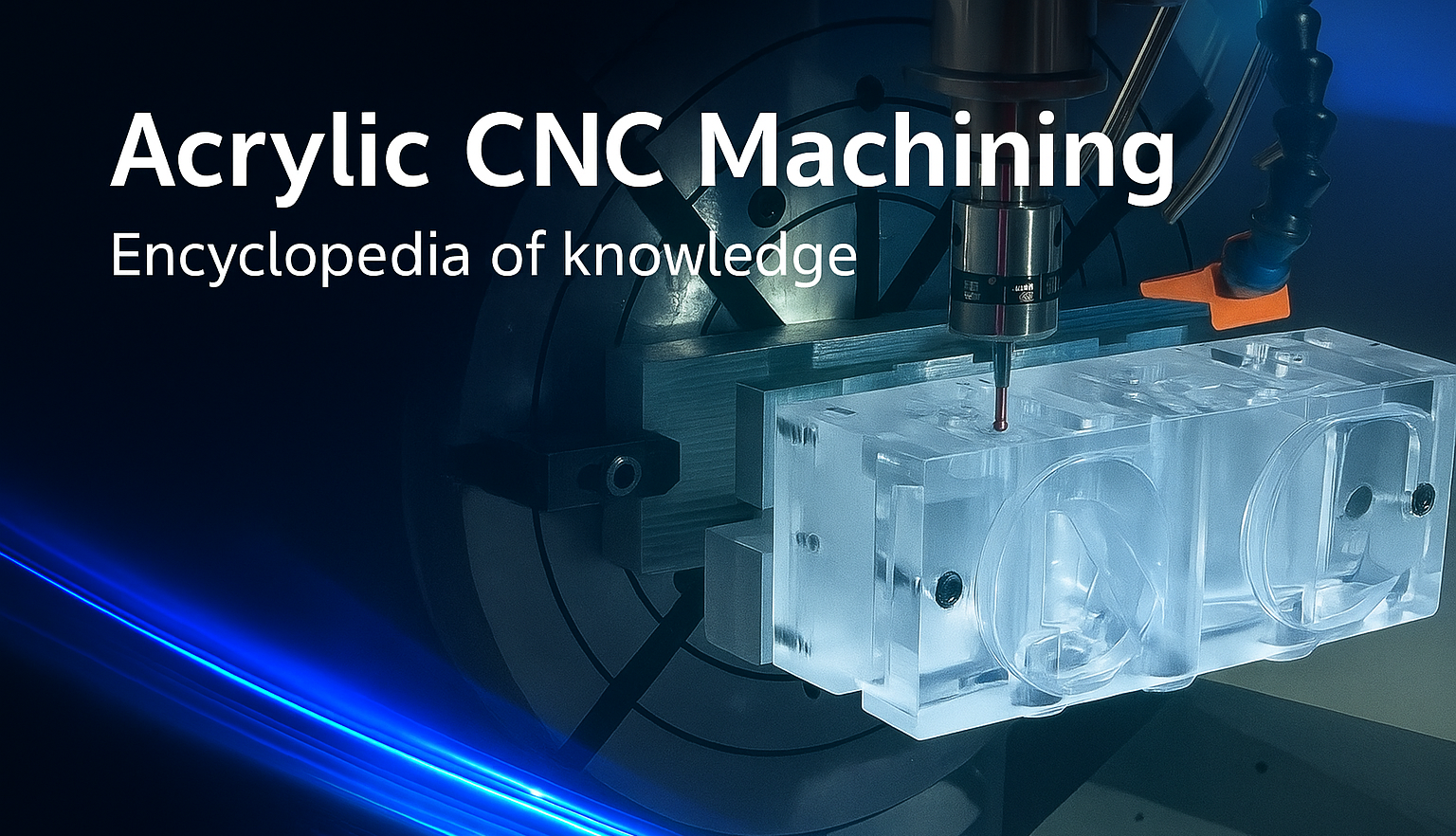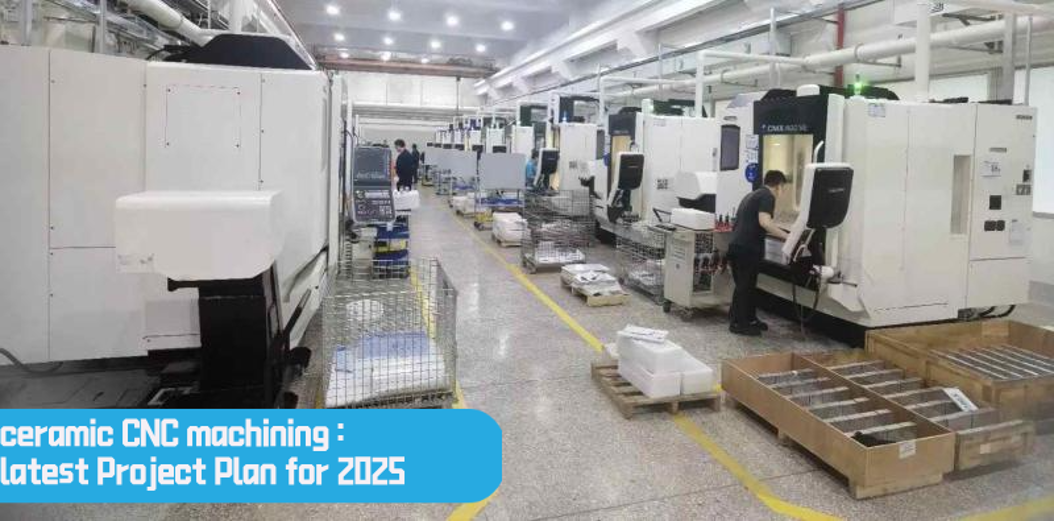Cutting tools can be categorized into five types based on workpiece surface machining requirements:
■ External Surface Tools: Turning tools, planing tools, milling cutters, external broaches, and files.
■ Hole-Making Tools: Drills, reamers, boring bars, internal broaches, and taps.
■ Threading Tools: Taps, dies, thread mills, thread turning tools, and thread cutting heads.
■ Gear Cutting Tools: Hobs, shaper cutters, shaving cutters, and bevel gear cutters.
■ Cutting-Off Tools: Circular saw blades, band saws, hacksaws, parting tools, and slitting saws.
Additionally, there are modular tooling systems for combined operations.
Classification by Cutting Motion & Edge Geometry
- General-Purpose Tools
- Examples: Turning tools, planing tools, milling cutters (excluding form tools), drills, reamers, and saws.
- Features: Versatile but require manual adjustments for complex profiles.
- Form Tools
- Examples: Form turning tools, form milling cutters, broaches, and taper reamers.
- Features: Cutting edges mirror the workpiece contour for precision shaping.
- Generating Tools
- Examples: Gear hobs, shaper cutters, and bevel gear planers.
- Features: Create complex geometries (e.g., gear teeth) via synchronized motion.
Tool Structure
Every tool consists of:
- Mounting Section: Integrates with machine spindles (via tapered shanks, cylindrical shanks, or flanges).
- Working Section: Includes cutting edges, chip-breakers, coolant channels, and calibration zones.
Construction Methods:
- Solid Tools: Single-material design (e.g., HSS drills).
- Brazed Tools: Carbide tips fused to steel bodies.
- Mechanically Clamped Tools: Indexable inserts or brazed tips secured via screws/clamps.
Cutting Geometry & Performance
Key angles (rake, relief, cutting edge) significantly influence:
- Chip Control: Higher rake angles reduce heat but weaken edges.
- Surface Finish: Precision-ground edges minimize post-machining work.
Optimization depends on workpiece material, tool substrate, and operation (roughing/finishing).
Tool Materials
| Material | Best For | Limitations |
|---|---|---|
| HSS | General-purpose machining | Limited heat resistance |
| Carbide | High-speed operations | Brittle |
| Cermet | Finishing hardened steels | Low toughness |
| Ceramics | High-temp alloys | Chipping risk |
| PCBN/PCD | Ultra-hard materials (HRC>50) | Cost-prohibitive |
Coating Tech:
- CVD/PVD Coatings (TiN, Al₂O₃, TiCN) extend tool life 1–3× by reducing wear.
- Nano-coatings enhance heat dissipation for dry machining.
Industry Trends
- Material Innovations:
- Ultrafine-grain carbides and nano-layered coatings dominate.
- PCD/PCBN adoption grows for aerospace composites.
- Smart Tooling:
- Sensor-equipped tools for real-time wear monitoring.
- AI-driven presetting systems minimize setup errors.
- Sustainable Machining:
- Dry-cutting and minimum-lubrication tools reduce waste.
“The future lies in tools that marry hardness with toughness—like diamond-coated carbides for titanium.” — IMN Tech Report
Pro Tip: For aluminum, use PCD-tipped end mills; for Inconel, opt for ceramic-insert drills. Always match coating to workpiece chemistry!






